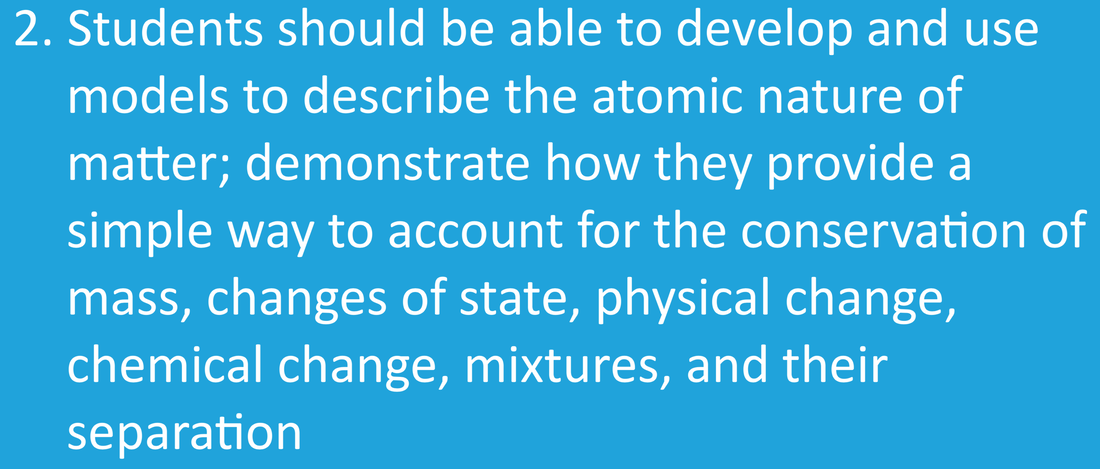States of Matter |
Separating Mixtures |
DIY States of Matter Models |
Chromatography |
|
|
Chromatography is a technique used to separate mixtures.
The mixture is passed through another substance (filter paper). The different colour ink particles travel at different speeds through the filter paper allowing us to see the constituent colours of the marker ink. |



